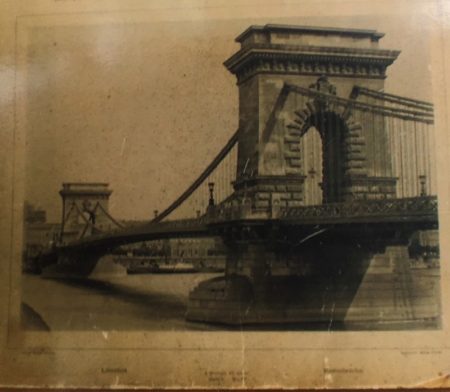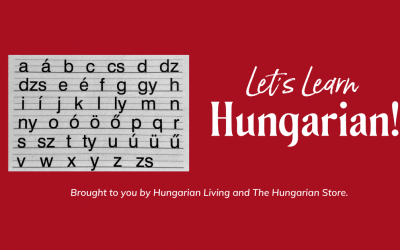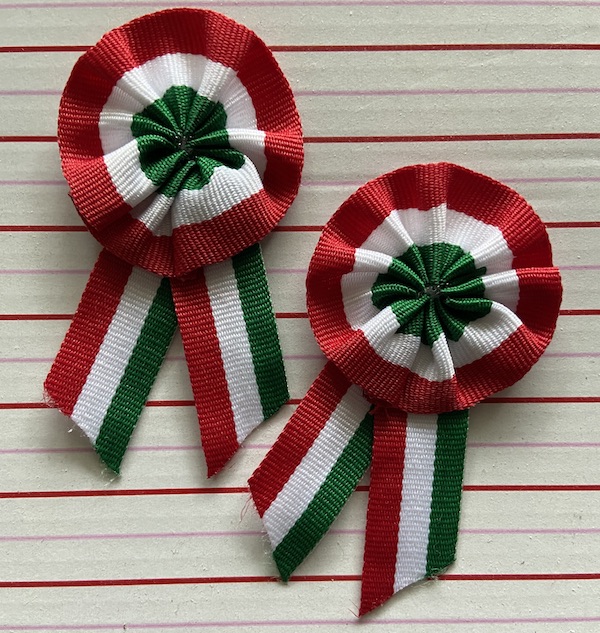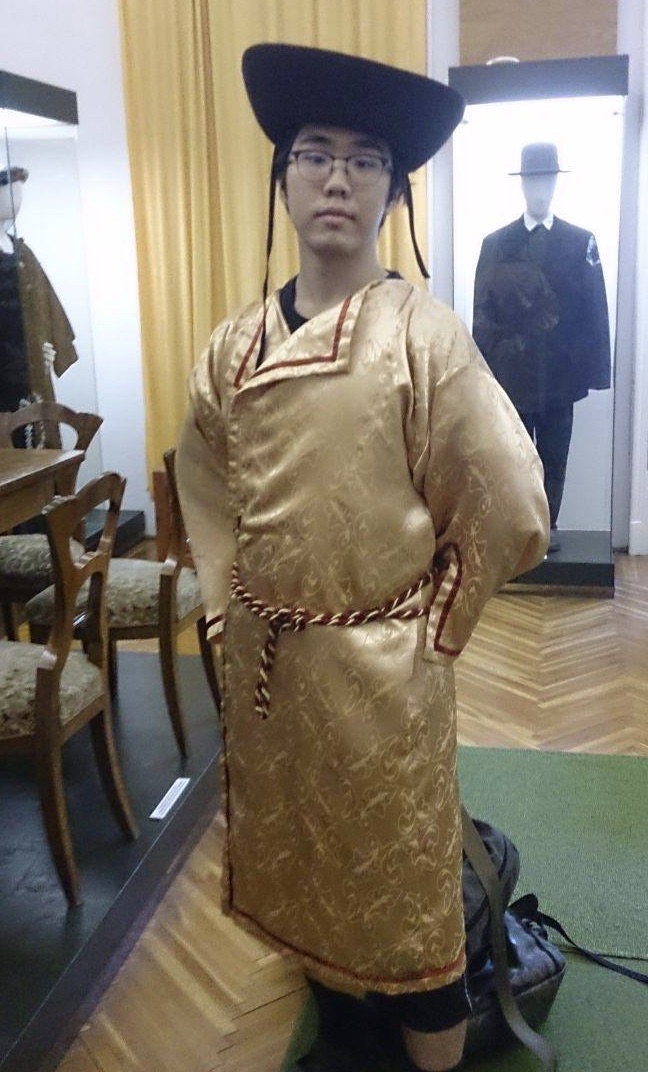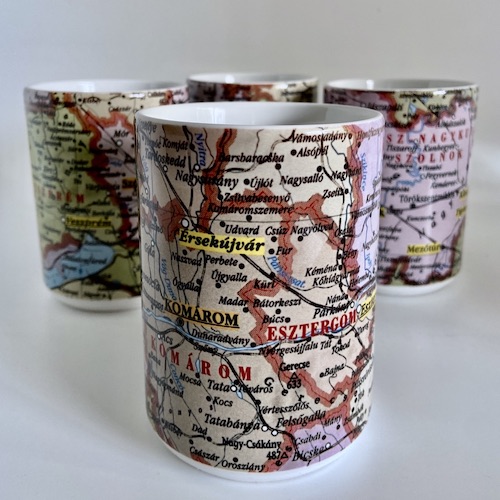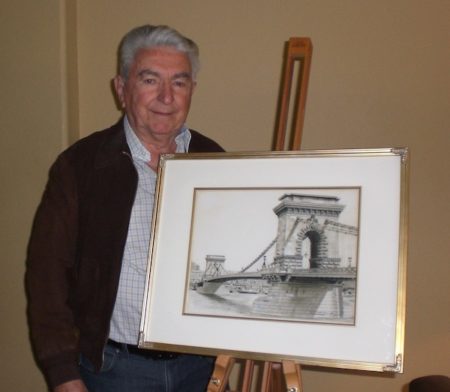
This artwork is based on a photo of the Szechenyi Bridge in Budapest, Hungary as it was in 1890 (see photo below).
Here is what the artist, Albert Turak, has to say:
The inspiration behind the drawing began when my father left Hungary in 1928 and brought the photo of the bridge with him to Buenos Aires, Argentina. As a young man I fell in love with the architectural details and history of the bridge. In 1950, I had entered a technical school for five years and it was during this time I decided to draw the Chain Bridge. It took me over a year to draw and I completed it in 1953. I gave this drawing to my father as a gift for his 60th birthday. When my father passed away, the drawing was returned to me. After moving to Arizona in 1964, the drawing had been misplaced for a period of time in an old suitcase. It is now hanging in my home office. This drawing has led me to continue the art of landscapes.
Count Istvan Szechenyi ordered the building of a bridge over the Danube in Hungary. Designed by William Clark, it took 10 years to complete. This was the first permanent bridge across the Danube and opened in 1849. However, with the tragic events of WWII, the Chain Bridge was blown up during the German siege of Budapest, leaving no ability to cross the Danube. Reconstruction began in 1947 and was rebuilt in its original form by 1949. The Chain Bridge is still considered to be a Hungarian national symbol and part of the UNESCO World Heritage.
This beautifully detailed drawing with signature of the artist is now available in the form of a reproduction. “Giclee” is a new technique that allows the maximum detail possible in the finest German etching. The original drawing utilizes several types of pencils, black and white ink, as well as tempera. Mr. Turak holds the copyright as he is the creator. The size of the reproduction is 11 x 14 inches.
To order this reproduction please email [email protected] or call 1-800-786-7851.
Click here for a fascinating video that portrays some views of Budapest in 1945 and again in 2008.
